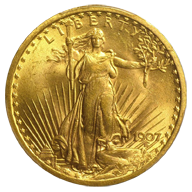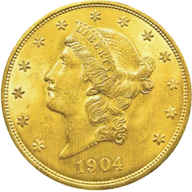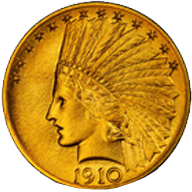The price of gold coins is based upon two factors; the price of gold and the collectable value of the coin. Many gold bullion coins carry prices close to the actual price of gold. While government issued gold bullion coins carry a nominal face value, the price of the gold coin is more based on the price of the gold metal in the coin. Most dealers add a small commission over the price of the gold coin to conduct their business.
Most gold bullion coins are made in 90 percent gold and 10 percent copper because pure gold is too soft of a metal to be struck with a die during the minting process.
Older gold coins have a value based on their numismatic, or collectors, value. Pre 1933 gold coins have a high collector value not only because of their rarity, but also due to the fact that coins minted prior to 1933 are believed to be exempt from confiscation by the United States government due to their collectability.
The price of these gold coins are based upon a number of factors, including their rarity, popularity, grading and any special mint marks. The price of gold coins that are in less worn condition, according to their grading, are worth more to collectors than gold coins that display wear.
Many gold coins carry a higher price because they are more valued by investors, such as $20 Saint Gaudens Double Eagle gold coins and $2.50 Liberty Quarter Eagle gold coins. The Liberty Quarter Eagle gold coins were the longest minted coins in United States history at 33 years. Because of their scarcity and beautiful designs they carry a higher price and are valued more by coin collectors. The United States Mint can not go back and make any more of these precious Saint Gauden Double Eagle and Liberty Quarter Eagle gold coins which makes them very valuable and
influences the gold coin price.













